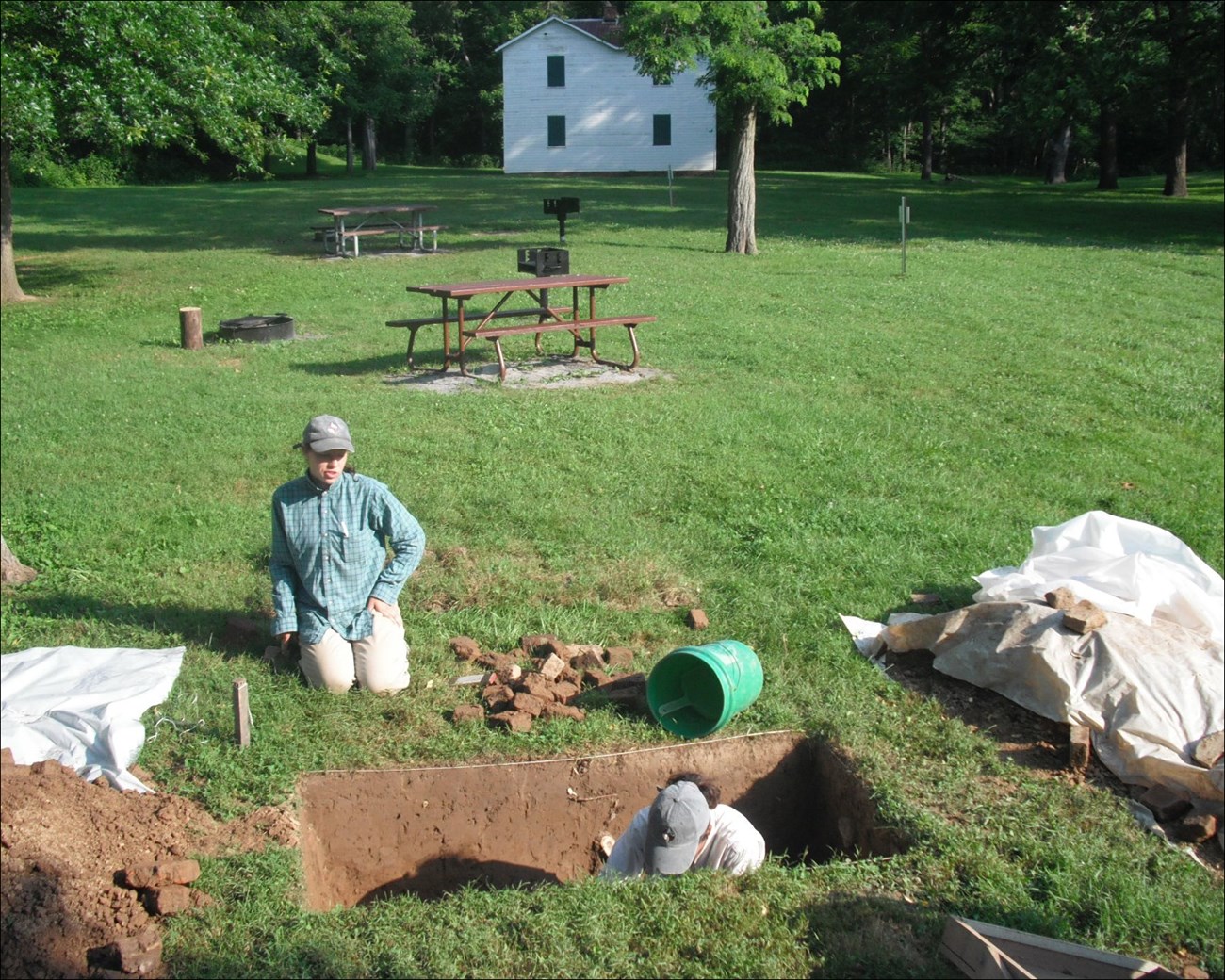Last updated: March 15, 2024
Article
Archeology at C & O Canal in Paw Paw Tunnel and Brickworks
Paw Paw Tunnel Worker's Camp and Brickwork
From 1836 until 1850, the serene picnic area before you was a bustling work site. Here, as many as 400 immigrant workers, mainly Irish, labored to complete the 3,118-foot Paw Paw Tunnel.
The construction of the C&O Canal was troubled by labor strife. Workers whose pay was often late protested to demand their wages, including a violent riot here in 1838. They formed primitive labor unions based on Irish secret societies and fought for their jobs, believing that every man had the right to work and to earn enough to survive.
C&O Canal Company and "Canallers"

NPS

NPS

NPS
Bricklamp

NPS

NPS

NPS
